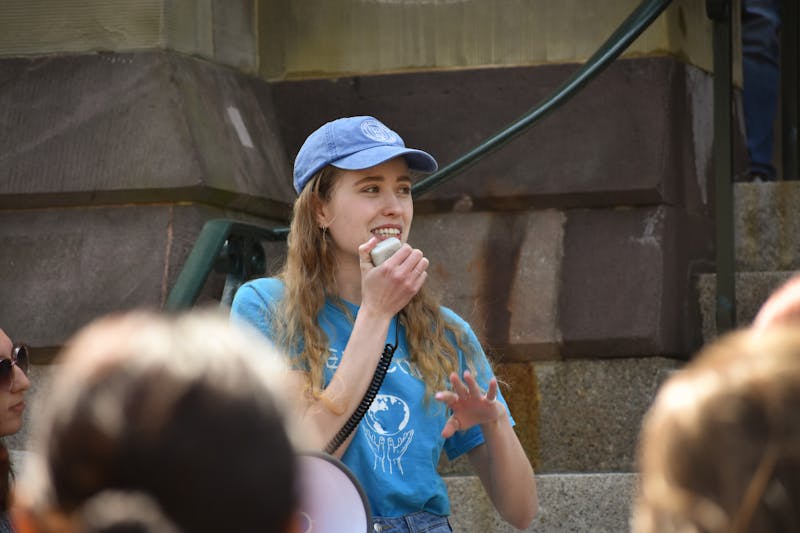
When the South Street Bridge closes for reconstruction in December, traffic on the Schuylkill Expressway will worsen and fewer taxicabs will prowl the streets of University City.
But on the bright side, results from an ongoing traffic study indicate that the bridge is mainly used for short trips between University City and Center City - so most of its traffic can be diverted to the Walnut or Chestnut Street bridges.
The city's department of transportation commissioned the Delaware Valley Regional Planning Commission to carry out the traffic study.
Scott Brady, who oversees the DVRPC's travel-monitoring department, said he predicts that 60 percent of traffic over the bridge will be redistributed to Walnut and Chestnut streets, 30 percent to 34th Street and 10 percent to other streets.
Brady said he expects motorists who use the South Street Bridge to access the Schuylkill Expressway to instead take the 34th Street Bridge, whose expressway ramp is already beset by heavy traffic.
"It's not going to take a rosy picture and make it muddy," Brady said of the overall effect of closing the bridge. "It's going to take a muddy picture and make it muddier."
Some taxis will avoid the whole area around the bridge as a result of the closure, according to Taxi Workers Alliance of Pennsylvania President Ronald Blount.
Blount estimated that 30 percent fewer taxis will frequent the area around Penn, Drexel and southwest Center City once the bridge is demolished.
"Drivers might refuse fares going to University City because they don't want to get stuck in the construction," he said.
Travelers who would normally take those taxis may turn to public transportation to cross the river instead.
SEPTA spokesman Felipe Suarez said he predicts "some increase in ridership" as a result of the bridge closure, "but it's very tough to say how much."
Suarez added that several bus routes will be detoured around South Street, and that extra buses will be added to its University City LUCY bus.
As part of the DVRPC study, Brady and his team distributed 9,000 surveys to motorists, bicyclists and pedestrians traversing the bridge over the course of one day.
The surveys asked travelers where they were going and coming from, how they planned to reach their destinations and how they will reach those destinations when the bridge is closed.
The survey results indicate that many South Street Bridge users are still confused or misinformed about the closure.
According to Brady, many respondents didn't realize that the bridge would be completely closed to bike and foot traffic as well as cars.
"People were leaving comments like 'please leave the sidewalk open when you rebuild the bridge,' or 'can you build a temporary bridge?'" he said. "Well, no, you can't."
The respondents who did realize the bridge will be completely demolished, Brady added, were generally upset about the fact.
But Brady thinks travelers who use the bridge will be glad to see it rebuilt.
"We can't just keep walking along it until it collapses into the Schuylkill," Brady said.
The Daily Pennsylvanian is an independent, student-run newspaper. Please consider making a donation to support the coverage that shapes the University. Your generosity ensures a future of strong journalism at Penn.
DonatePlease note All comments are eligible for publication in The Daily Pennsylvanian.







